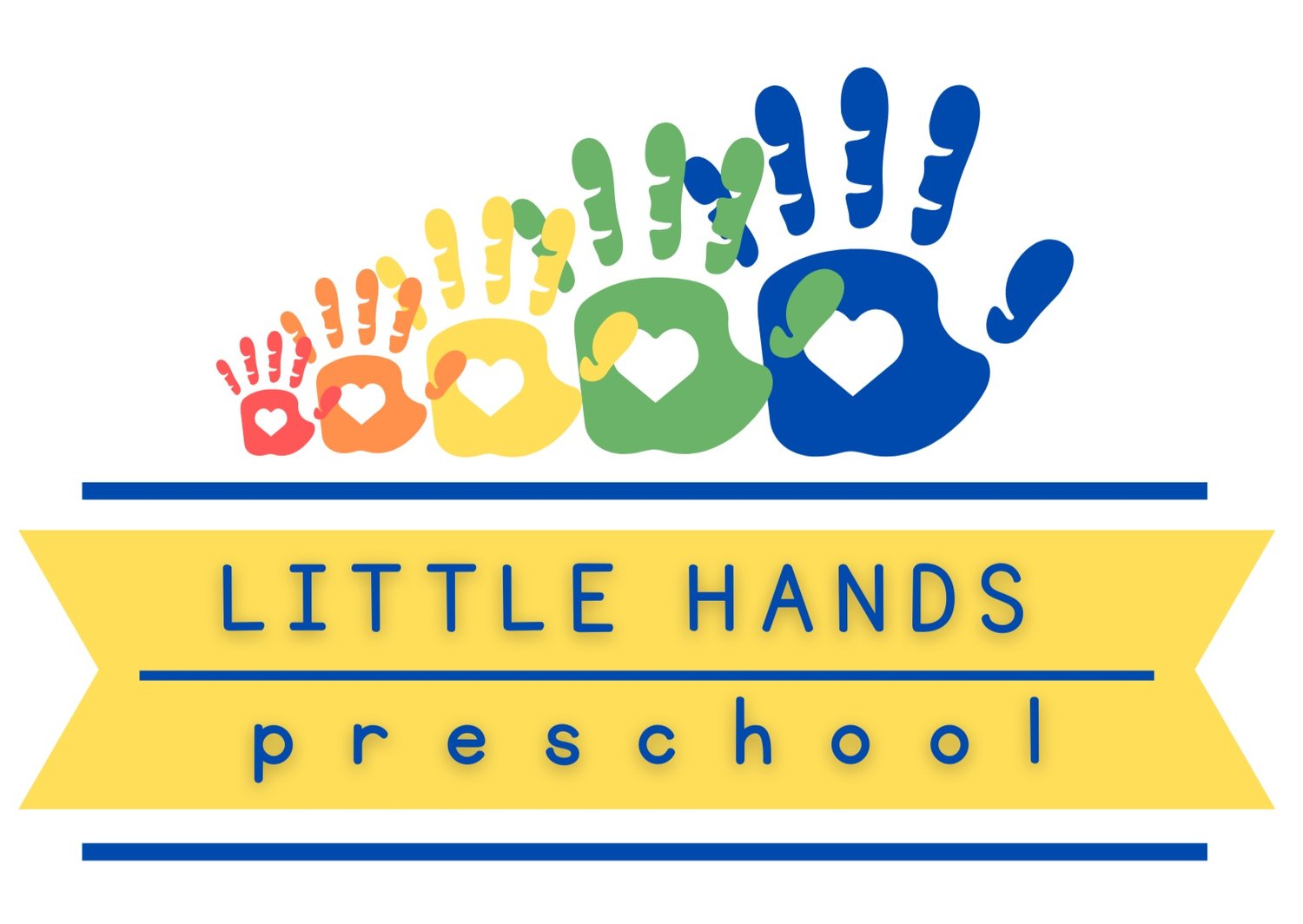Daylight Savings: Preschool Edition
This weekend is marking yet another dreaded Daylight Savings time change. The clocks move forward while our sanity, as parents of young children in particular, moves backward. We can’t promise anything in here will prevent the exhaustion, confusion, and morning meltdowns (for either you or your preschooler), however we would like to provide three tips as well as some bonus resources for mitigating this cruel form of March madness.
Sleep is one of the most significant factors in a preschooler's day. According to the American Academy of Pediatricians, “Regular sleep deprivation often leads to some pretty difficult behaviors and health problems—irritability, difficulty concentrating, hypertension, obesity, headaches, and depression.” For a preschooler, this can look like increased meltdowns, trouble paying attention or following directions, and ironically, hyperactivity.
Meanwhile, “Children who get enough sleep have a healthier immune system, and better school performance, behavior, memory, and mental health.” (Source: HealthyChildren.org “Healthy Sleep Habits: How Many Hours does your Child Need?)
So what is a parent to do when the universe is taking away an hour of much needed sleep for you and your kiddo?
Worry not, and read on!
1. Routine
There are roughly seven bajillion articles titled, “Best Bedtime Routine for Kids” and we are not trying to recreate the wheel here. However, the biannual time change is a good time to evaluate what your family currently has in place for a bedtime routine. Do your kids like to play hide-and-seek every night after brushing teeth? Fantastic. Does reading stories in the dark with only a flashlight help get your kids to calm down and cuddle up? We love it. Whatever your unique routine is, the most important part is that you:
A. Have a routine
B. The routine includes the 3 Bs: Brush (teeth), Book (read), and Bed
C. This all occurs around the same time every night
2. Stories over Screens
It has been repeatedly reported that screens of any sort can interfere with our body’s ability to fall asleep or even stay asleep at night. That goes for adults and kids alike. One of the best ways to set up a routine around screens that will help set your family up for success is that there are no hand held screens (tablets, phones, etc.) after dinner. For many of us, having something like one 8-minute episode of Bluey as a reward for following directions at bedtime is incredibly helpful to incentivize little ones who would otherwise have zero interest in brushing teeth and putting pajamas on. The important part here is that this isn’t the very last thing your little one is doing before closing their eyes. So after the credits roll, it’s time for a family read aloud!
3. Gradually Move Bedtime Up (Starting this week!)
We know, for so many families, especially those with older kids in after school activities, working parents, and many others, it feels like a desperate race against the clock from the second you get home to the moment everyone’s heads hit the pillow. So hearing advice about putting everyone to bed earlier might be laughable. However, if it is possible, even just by as little as 15 minutes, it can help with the transition come the big day.
Above all else, know that if your little one is extra… everything on Monday morning, you are not alone. We know this time change is tough for everyone, especially our little friends. Give yourself and your preschooler a little extra grace and patience. And maybe get an extra shot of espresso in your latte after drop off. You got this.
BONUS SECTION: Our Favorite Sleep Tools
Here are some well respected bedtime gurus and additional resources if your family needs a bedtime reboot.
For the Reluctant Sleeper: Many kids just hate being alone, especially at night when everything can be eerily quiet. Whether you have a 6 month old or a 6 year old, we love the Sleep Lady Shuffle method to gently but confidently enforce bedtime expectations.
For the One Who “Isn’t Tired”: Two special activities that kids might need occasionally or every night are Bedtime Yoga or audio sleep stories (designed for kids!) from an app like Calm or Headspace.
For the Early Riser: Reading a clock is not a preschool skill, therefore, many parents have found that having an “Okay to Wake” clock that doubles as a nightlight helps their children understand times when it’s acceptable to be getting out of bed versus when they need to attempt to fall back asleep.

